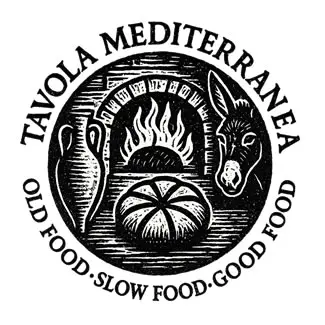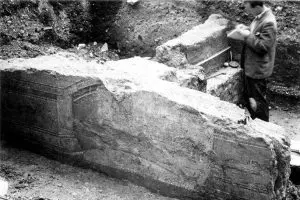Cheese. By God if there is a food product that I cannot get enough of, it is cheese. I was asked a very interesting question once: If I was forced to give up one of these two foods; chocolate or cheese, which would it be? There was no question in my mind. I’d happily give up chocolate any day to keep the cheese.
Cheese, like bread, has been a staple and a comfort-food in the human diet since time immemorial. Soft and hard varieties as well as mild and pungent ones make this food item a versatile and pleasing meal additive or enhancer that also stands brilliantly on it’s own with fruit, olives, bread, jellies, herbs and chutneys. Cheese-making originated long before recorded history with some theories suggesting that it originated in the Middle East and others suggesting it began in eastern Europe during the Neolothic Revolution and the spread of agriculture westward through the Mediterranean. It was during the early Neolithic period that humans began to move from hunter/gatherer lifestyles into the practices of farming, animal husbandry and the keeping of livestock. With this development they discovered that domesticated animals could also be milked and not just used as a source of meat.
Documentary evidence of cheese-making from ancient Mesopotamia in the form of Sumerian cuneiform text (circa 2,000 BC) refered to cheese. In Egypt, also from 2,000 BC, funeral murals have also documented butter and cheese-making processes. The earliest material culture indicating cheese-making, however, has been found in Poland and dates to 5,500 BC. By 50 AD, the evidence of cheese making by the Romans was made known in great detail by Columella in his writing De Re Rustica (On Agriculture – 65 AD).
Fast-forward many millenia later and cheese is still found on our tables and used in our cooking but the preparation of it and how it arrives in it’s delightful form from milk remains a mystery to most consumers. Surprisingly, it is incredibly easy to make but the amount of milk-fat that goes into making a small portion of cheese gives the consumer an idea as to why it is one of the more ‘expensive’ items we buy at the market.
I myself enjoy making cheese from scratch, I know I don’t have to make it myself but I try to spend the time whenever I can to do this as the outcome is so rewarding. When I’ve searched for recipes online, however, I found that some recipes and cheese-making processes in the home looked rather clinical and complicated. Thermometers, rubber gloves, rennet tablets… Too complicated! I don’t think our fore-mothers and fore-fathers made cheese-making that complicated so I don’t intend to either. This is a very simple recipe that is easy and very rewarding. The only thing hard about making this recipe is carrying the bottles of milk up the stairs!
With this cheese recipe I have decided to focus on a french favourite, chèvre, or goat’s cheese. It’s brilliant all on it’s own lightly salted or infused with herbs, spices or fruit to ‘dress it up’ a little.
Homemade Chèvre (Goat’s Cheese) Infused with Basil.
- 1.5 litres of whole goat’s milk
- 1 cup buttermilk
- Fresh juice of 2 lemons
- 1 tsp salt
- 1 tbsp diced basil
Preparation
Pour the goat’s milk, buttermilk and salt into a large pot. Heat the milk on high whisking constantly during the heating process. The milk will begin to flare up as it boils, when it foams turn the element off immediately. Slice two lemons in half (removing seeds) and squeeze the lemon juice into the pot of hot milk. Almost immediately a separation will occur between the curds and whey. Little Miss Muffet would be all over this!
Prepare a sieve with cheese-cloth over it and pour the curds and whey into the sieve to strain the whey from the curds. Let it drain for an hour. In a food-processor, or by hand, dice up five basil leaves and carefully stir them into the curds in the cheese-cloth. Tie the cloth off at the top by twisting it and draining as much fluid out of it as possible and place it in the fridge overnight with some weight on it (I use a marble mortar) in the sieve over a bowl to catch any remaining whey. The next morning you will have a delightful, basil-infused chèvre that you can spread on to french bread, make baked eggs with, or enjoy with some fresh fruit and crostini.
Bon appétit!
Please feel free to leave comments about this recipe below.









Love your site!
Thank you Barb! – Farrell